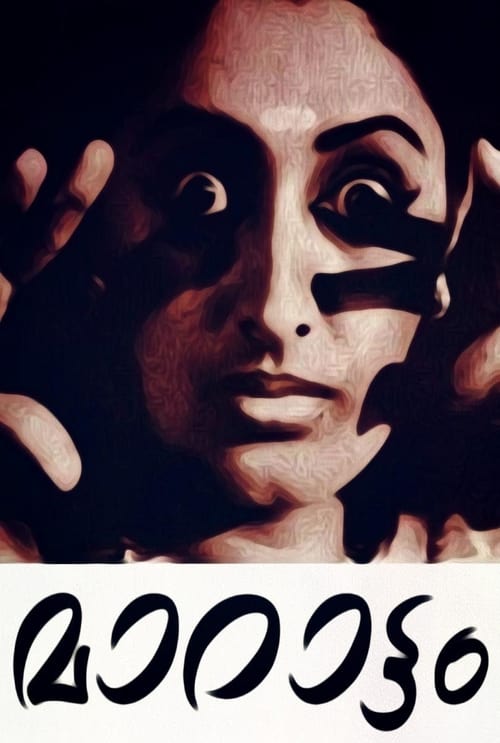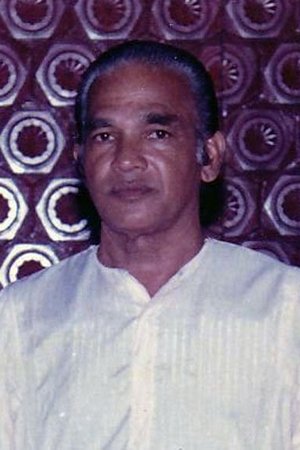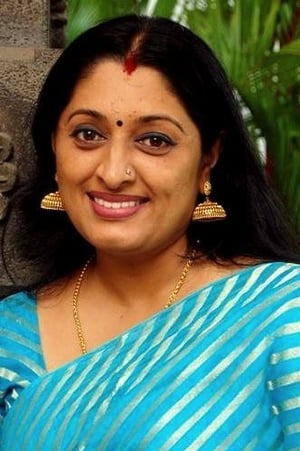Marattam (1988)
-
Release01/01/1988
-
ProductionDoordarshan
-
Rotten tomato0%
-
Original titleമാറാട്ടം
-
Original languageml
-
Production Cost
-
0.00-
Overview
Panicker's one-act play deals with the relation of identification between an actor and his or her role. The action takes place on the eve of the last act of the Kathakali piece Keechakavadham (The Killing of Keechaka). The events surrounding the performance uncannily echo events in the play. One character even claims to have killed the lead actor of the play because he detested the character the man portrayed. However, the three different accounts that are presented of the same plot are never resolved or reconciled with each other. Each version is accompanied by a different style of folk music: the tune and rhythm of southern Kerala’s thampuran pattu, the pulluvan pattu and the ayappan pattu. The performers were drawn from the theatre and from Kathakali. In southern India, with its plethora of politicians using their film images to acquire inordinate wealth and power, Aravindan’s TV film bears on an eminently sensitive political as well as aesthetic issue.
-
Director
-
Editor
Currently available to stream, watch for free, rent, and buy in the United States. You can makes it easy to find out where you can legally watch your favorite movies & TV shows online.




